Introduction: The Art of Ovenless Bread Making
Bread, a staple in countless cuisines worldwide, is often perceived as a complex culinary endeavor requiring specialized equipment like ovens. However, the truth is far from this misconception. Making bread without an oven is not only possible but can also yield delicious, fluffy, and satisfying results. Whether you’re living in a space-constrained apartment, facing a power outage, or simply seeking an alternative baking method, this guide will equip you with the knowledge and techniques to craft exquisite bread without relying on traditional oven technology.
From stovetop methods to utilizing the sun’s heat, the versatility of bread-making extends beyond conventional boundaries. By harnessing simple ingredients, creative cooking utensils, and a bit of patience, you can transform your kitchen into a bread-baking haven without the need for an oven. This comprehensive guide explores various techniques, recipes, and tips to help you master the art of ovenless bread making.
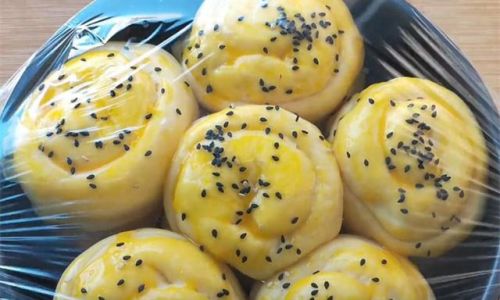
Understanding the Basics: Ingredients and Tools
Before diving into specific methods, let’s establish a foundation by understanding the essential ingredients and tools required for ovenless bread making.
Ingredients:
- Flour: The backbone of any bread recipe. All-purpose flour is versatile, but whole wheat, rye, or a blend can add unique flavors and textures.
- Water: Acts as a hydrating agent, enabling gluten formation and providing the dough its structure.
- Yeast: Either active dry yeast or instant yeast is crucial for fermentation, giving bread its rise and flavor.
- Salt: Enhances flavor and controls fermentation speed.
- Fat (optional): Butter, olive oil, or another fat can enrich the dough, making it softer and more tender.
- Milk, Sugar, or Honey (optional): These ingredients can add sweetness and improve the overall texture.
Tools:
- Mixing Bowls: For combining ingredients and kneading the dough.
- Cloth or Kitchen Towel: For covering the dough during proofing.
- Plastic Wrap or Airtight Container: To keep the dough from drying out.
- Stovetop Pot with a Tight-Fitting Lid: A crucial tool for stovetop baking.
- Dutch Oven: An excellent alternative for achieving oven-like results.
- Baking Stone or Heavy Skillet: Useful for direct heat cooking on the stovetop or grill.
- Thermometer: Ensures accurate temperature control, especially when using stovetop methods.
Techniques for Ovenless Bread Making
Now, let’s explore various techniques to make delicious bread without an oven.
Stovetop Bread in a Pot
One of the most popular and effective methods for ovenless bread making is baking bread in a pot on the stovetop. This technique leverages the pot’s ability to create a steam-filled environment, mimicking the conditions of an oven.
Steps:
- Prepare the Dough: Mix flour, water, yeast, and salt in a bowl until combined. Knead until smooth and elastic, about 10 minutes. Place in a lightly oiled bowl, cover, and let rise in a warm place until doubled in size, about 1-2 hours.
- Preheat the Pot: Place a heavy pot with a tight-fitting lid on the stovetop over medium-low heat. Let it preheat for about 10-15 minutes.
- Shape the Dough: Punch down the risen dough and shape it into a round or loaf. Place it on a piece of parchment paper.
- Transfer to Pot: Carefully lift the parchment paper with the dough and place it inside the preheated pot. Quickly cover with the lid.
- Bake on Stovetop: Cook on medium-low heat for about 30-40 minutes. The bread is ready when the internal temperature reaches 200°F (93°C) and sounds hollow when tapped.
- Cool and Serve: Remove the bread from the pot and let it cool on a wire rack before slicing.
Dutch Oven Bread
Similar to stovetop bread in a pot, using a Dutch oven offers a more controlled and efficient way to bake bread without an oven. The enameled cast iron retains heat well and creates an ideal baking environment.
Steps:
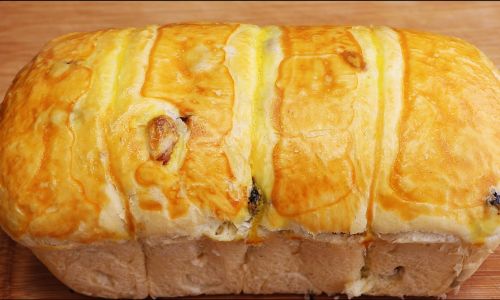
- Prepare the Dough: Follow the same dough preparation and rising process as outlined for stovetop bread.
- Preheat the Dutch Oven: Place the Dutch oven (with or without the lid, depending on your preference for crustiness) in the oven (if available) at 450°F (232°C) for 30 minutes. Alternatively, preheat it on the stovetop over medium heat for about 15-20 minutes.
- Shape and Score the Dough: Shape the dough into a loaf and make diagonal slashes on the top with a sharp knife.
- Transfer to Dutch Oven: Carefully transfer the dough to the preheated Dutch oven using parchment paper or a spatula. Cover with the lid.
- Bake: If using the oven, bake for 30 minutes with the lid on, then remove the lid and bake for an additional 15-20 minutes until golden brown. If using the stovetop, reduce heat to low and bake for about 45-60 minutes, checking occasionally to prevent burning.
- Cool and Serve: Remove the bread from the Dutch oven and let it cool before slicing.
Grill-Baked Bread
For those who love outdoor cooking, baking bread on a grill is a fun and flavorful alternative. The direct heat and open flame add a smoky depth to the bread.
Steps:
- Prepare the Dough: Prepare the dough as usual, letting it rise until doubled in size.
- Preheat the Grill: Set up your grill for indirect grilling. Preheat one side to high heat and leave the other side without direct heat.
- Shape the Dough: Shape the dough into a loaf or flatbread.
- Transfer to Grill: Place the dough on a piece of parchment paper or a baking stone, then carefully transfer it to the grill grates over indirect heat. Close the grill lid.
- Bake: Cook for about 20-30 minutes, rotating occasionally to ensure even cooking. The bread is ready when it sounds hollow when tapped and has reached an internal temperature of 200°F (93°C).
- Cool and Serve: Remove the bread from the grill and let it cool before slicing.
Solar Oven Bread
Harnessing the power of the sun, a solar oven is an eco-friendly and sustainable way to bake bread. While it requires some DIY skills and patience, the results can be incredibly rewarding.
Steps:
- Build or Acquire a Solar Oven: There are various designs, from simple box ovens to more complex, insulated models. Ensure your solar oven can reach temperatures of at least 180°F (82°C).
- Prepare the Dough: Prepare the dough as usual, letting it rise until doubled in size.
- Shape the Dough: Shape the dough into a loaf or desired shape.
- Transfer to Solar Oven: Place the dough on a baking stone or in a baking dish inside the solar oven. Cover if necessary to retain heat and moisture.
- Bake: Monitor the internal temperature of the solar oven and adjust positioning to maximize sunlight exposure. Bake for several hours, depending on sunlight intensity and oven efficiency. The bread is ready when it reaches an internal temperature of 200°F (93°C) and sounds hollow when tapped.
- Cool and Serve: Remove the bread from the solar oven and let it cool before slicing.
Steamed Bread (Mantou or Baozi)
While not traditionally considered “bread” in Western terms, steamed breads like mantou (Chinese steamed buns) and baozi (steamed stuffed buns) are delicious and easy to make without an oven.
Steps:
- Prepare the Dough: Mix flour, water, yeast, and a pinch of salt until combined. Knead until smooth, then let rise until doubled in size.
- Prepare Fillings (for baozi): If making stuffed buns, prepare your desired filling (e.g., pork, vegetable, or sweet).
- Shape the Dough: Divide the dough into small portions. For mantou, shape each portion into a smooth ball. For baozi, flatten each portion, place a filling in the center, and seal the dough around it.
- Steam: Place the shaped dough on parchment paper or a steaming rack. Set up a steamer with boiling water and place the dough inside. Cover and steam for about 15-20 minutes until cooked through.
- Serve: Remove the steamed bread from the steamer and serve warm.
Tips for Successful Ovenless Bread Making
- Temperature Control: Accurate temperature control is crucial. Use a thermometer to ensure your cooking environment reaches the necessary temperatures.
- Moisture Retention: Maintaining moisture is key to achieving a soft, fluffy interior. Use tight-fitting lids, cover dough during proofing, and avoid opening the



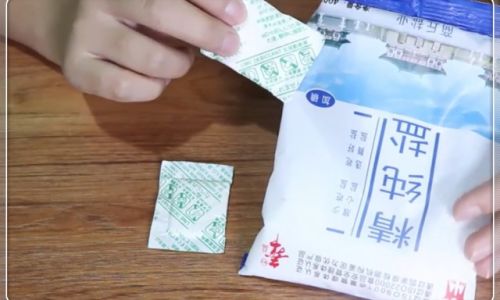
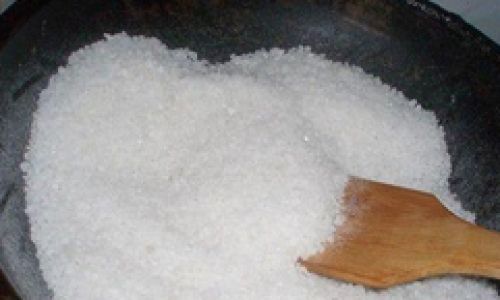
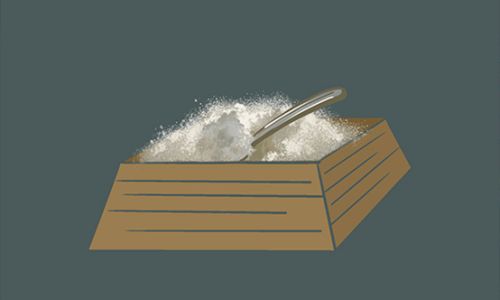
0 comments